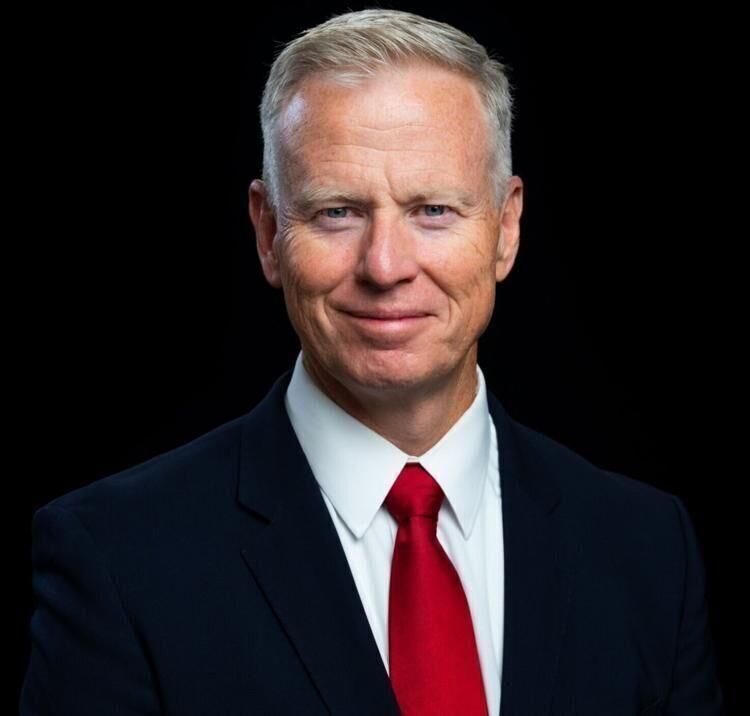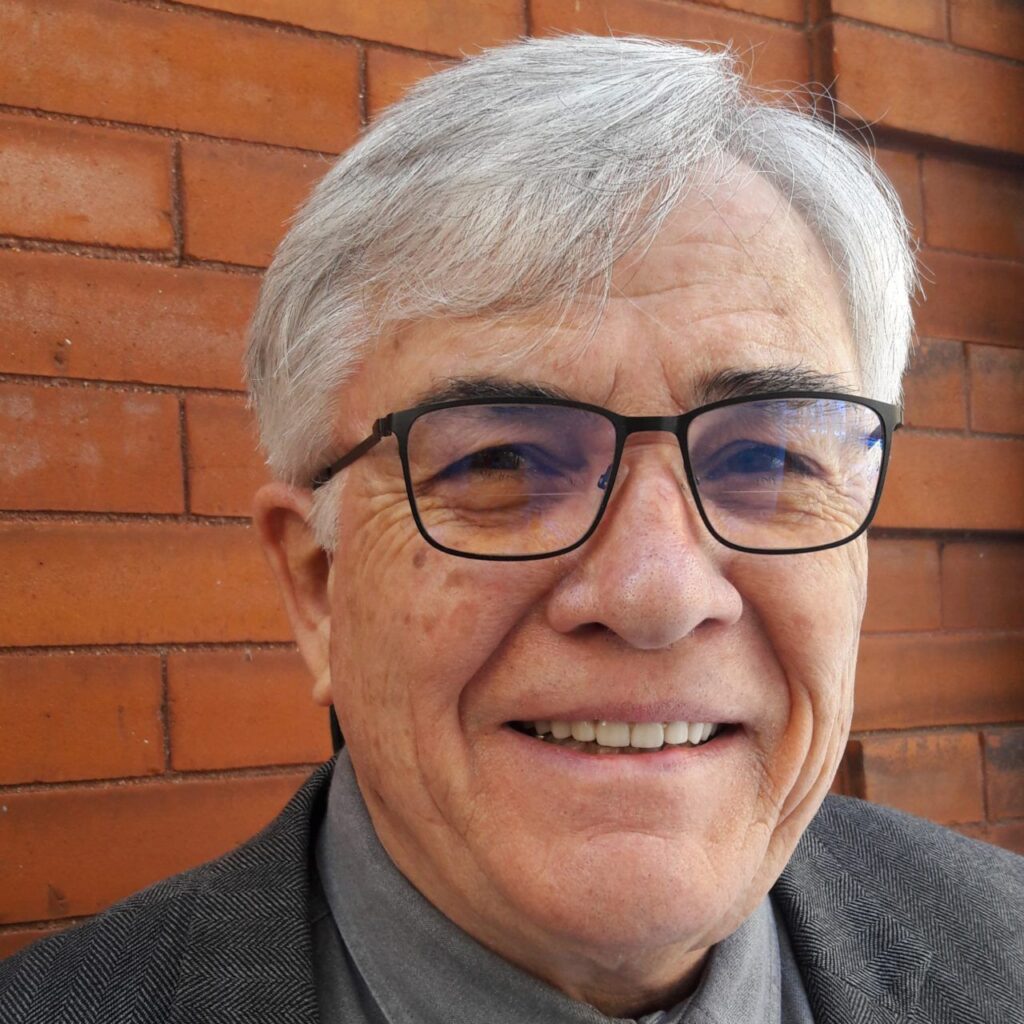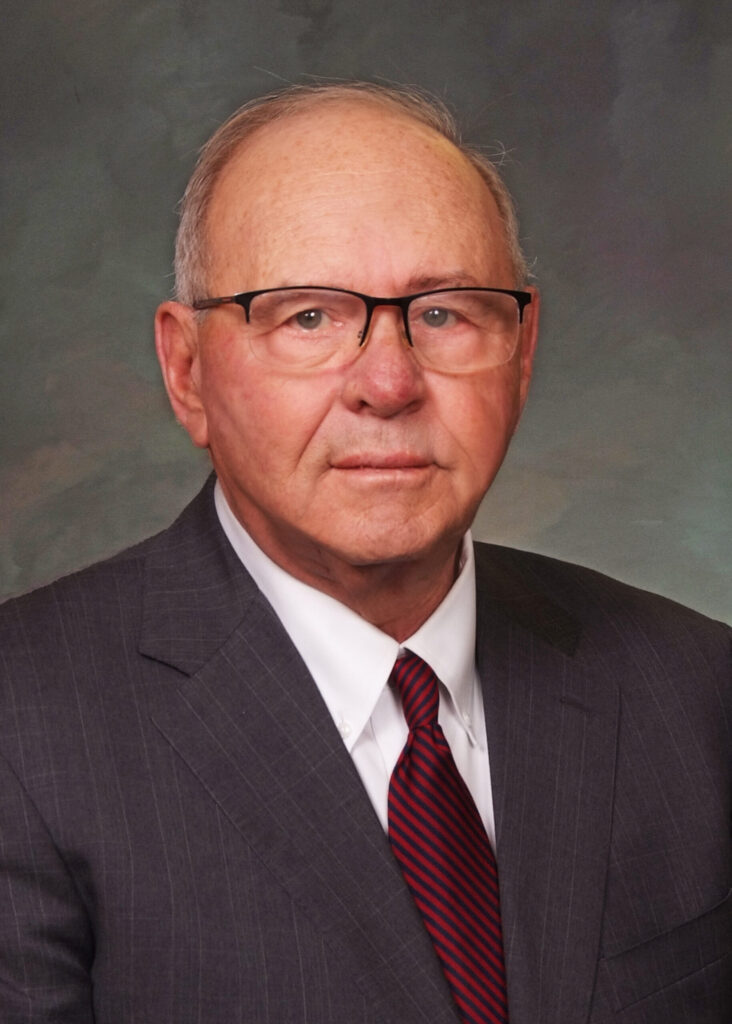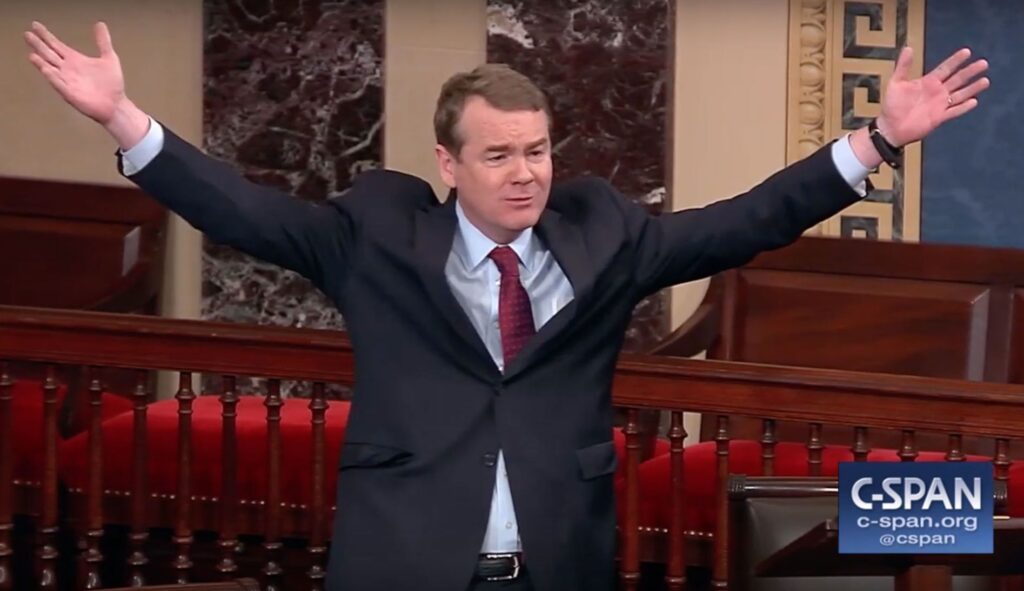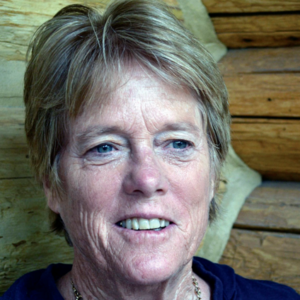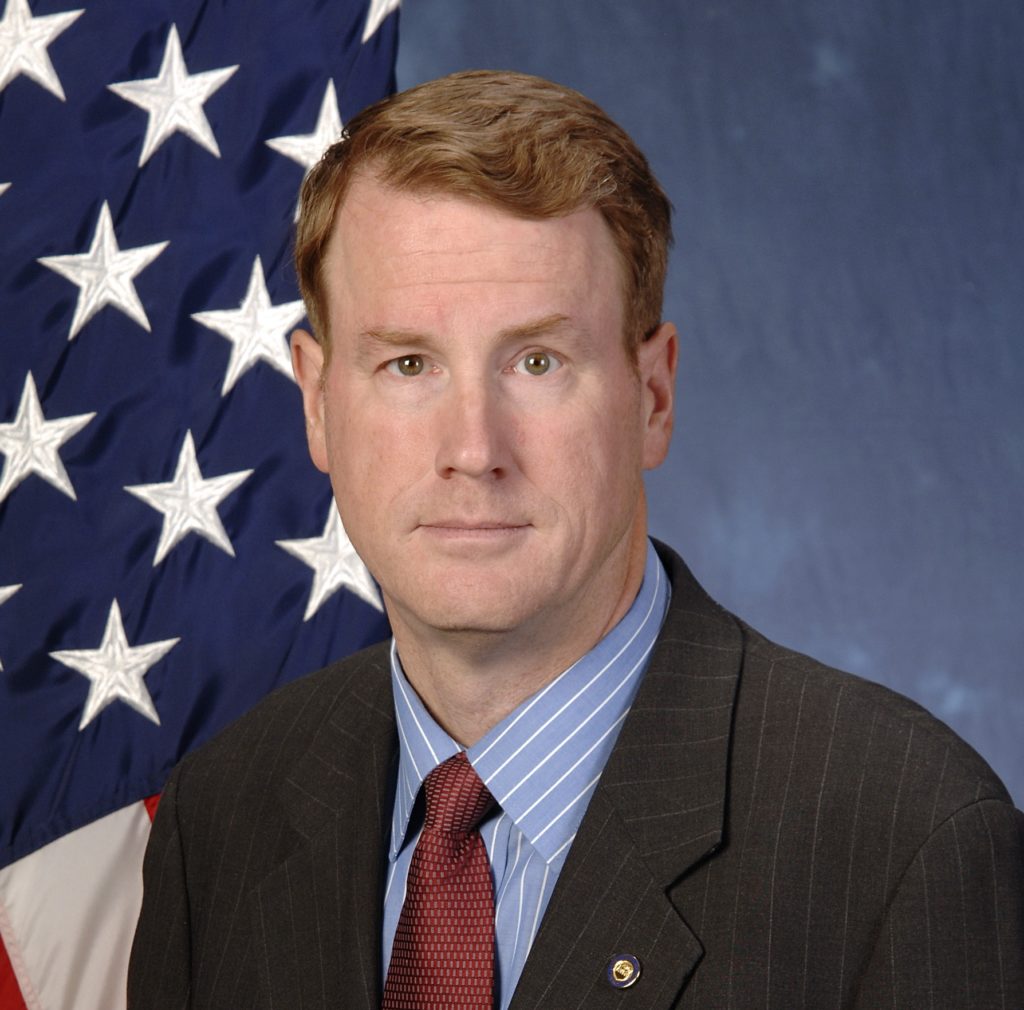Beware a governor’s ‘witching hours’ | OPINION

Greg Fulton
The last two years of the second term of a governor in Colorado may best be described as the “witching hours.” The “witching hours” is a term in folklore representing a time of unpredictable or volatile activity.
Of our last six governors, five have served for two terms. The only one who did not was Bill Ritter, who accepted a position at Colorado State University leading the School of Global Sustainability rather than running for a second term. Two terms represent the maximum any governor can serve since 1990 when voters approved a ballot initiative limiting the time elected officials could serve in a given office.
In effect, term limits represent an expiration date for these officials. Governors are clearly aware of this, and their final two years represent a time when they reflect upon their prior six years and look to cement their legacy. They also begin looking toward their future and planning their next step. Few individuals in this position are like Harry Truman who left the presidency and merely wished to retire and go back to Independence, Missouri and sit on his porch. Most have aspirations for higher office or positions in the public or private sectors they view are befitting a prior governor who may be able to apply their knowledge and influence. You will not find any of these folks working at Home Depot or as a greeter at Walmart.
Stay up to speed: Sign up for daily opinion in your inbox Monday-Friday
Governors in their final two years look at policies, programs and legislation through a more complex prism than in their first term. Rather than being only concerned about how a policy or program may be viewed by Colorado voters, many cast an eye on how that action will be perceived on a national basis. A governor’s actions are less predictable during this time than in the previous six years. To the dismay of certain supporters, legislative measures a governor may have signed in his first term, he may not in a second term as he looks toward his future and calibrates how that legislation may affect his opportunities. If one has presidential aspirations, there is a heightened concern on how well those policies or programs register with voters in Iowa, North Carolina and New Hampshire, which are early primary states.
As their term winds down, governors generally seek to do two things. First, they wish to secure and bolster their legacy through signature legislation, policies, capital improvements and other actions to leave their mark to be remembered by future generations. To ensure this, governors not only seek to pass legislation or adopt rules or regulations that may implement those policies but also are keen to place key supporters and loyalists in positions within state government and on various boards and commissions to ensure those programs may hopefully carry on after they have departed.
In the case of Gov. Jared Polis, it appears he sees his legacy to be a passenger rail system and an expansion of transit in the state. In 2024, Polis championed legislation for new passenger rail projects and expanded transit service that will generate $200 million annually for those activities. The governor has spoken often on a statewide rail system and even highlighted it in his State of the State address last year. Gov. Polis, a major proponent of education, also wishes to leave his mark in that area with universal free preschool education, which he signed last year.
For his part, former Gov. John Hickenlooper sought his legacy was to have Colorado be the cleanest oil-and-gas producer in the world, striking a balance between oil-and-gas companies and the environmental community. He felt well-suited to create such a historic compromise because of his background as a geologist. His success on this matter elevated him nationally and painted Hickenlooper as a centrist who could solve difficult problems in a collaborative manner.
A second motivation, as governors begin to conclude their second term, is setting the groundwork for their future. In this regard they look at actions that can better position them in the eyes of others and build their resume toward reaching their next goal. We see them appearing on national news shows, speaking to various groups out of state, visiting Washington D.C. more and commenting to a greater extent on national and international affairs. These actions act to present governors as thought leaders with novel ideas and solutions toward solving some of the nation’s and world’s problems. One may look at this as an extended audition before a national audience, political leaders, business chiefs, potential contributors, and the press. They justify those actions by indicating these appearances raise the visibility of the state and present Colorado in a positive light toward encouraging business and tourism for the state.
As we watch Gov. Polis close out his term as governor, one may guess what legislation and policies may be guided by what may be, at times, competing motivations related to further cementing his legacy or better positioning himself for his next career move.
Greg Fulton is the president of the Colorado Motor Carriers Association, which represents more than 600 companies directly involved in, and affiliated with trucking in Colorado.


